Malignant (2021, Dir. James Wan):
Above all else, writer and director James Wan is a craftsman. Even when his riffs on old-school ghost stories and new-wave body horror aren’t original, he still engineers a jolt as well as any genre filmmaker. His tactics are tried and true—jump scares, demonic figures materializing and pouncing at unexpected moments, shock edits and nifty camera moves—but he has a canny sense for how to deploy them for maximum impact, conducting audience response like a maestro.
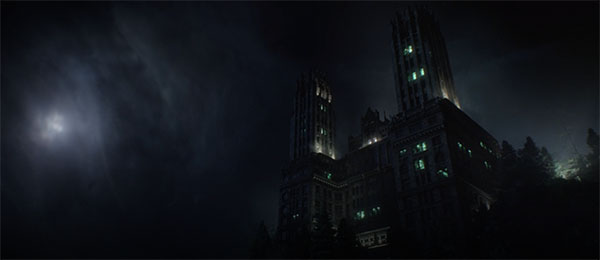
Up to now, Wan’s ventures into horror have fallen into two buckets: classically-styled chillers like The Conjuring and Grand Guignol gorefests like Saw. With Malignant, his first film since Aquaman (2018), he comes up with something stranger and more surreal than his usual well-oiled work. The story starts conventionally enough, as we peek down the sickly green corridors of a research hospital circa 1993. A particularly troublesome patient (or is it a monster?) named Gabriel has just beaten in the skulls of a few orderlies, and Dr. Weaver (Jacqueline McKenzie) has seen enough. “It’s time we cut out the cancer,” she proclaims. Cut to current times, to a Gothic home that screams “bad things will happen here”: young nurse Madison (Annabelle Wallis), pregnant after two previous miscarriages, is having a very bad day with her jerky husband Derek (Jake Abel). “Maybe you need to stop getting pregnant,” he suggests in one of his kinder moments. A fight between them results in Madison receiving a head injury, and as she lies unconscious an unseen assailant with “backwards” limbs kills Derek. While Madison’s adopted sister Sydney (Maddie Hasson) is sympathetic to her plight, detectives Shaw (George Young) and Moss (Michole Briana White) are suspicious. Soon Madison is having paralysis dreams in which she witnesses Gabriel stalking Dr. Weaver and other victims who used to work at that research hospital. Cue a shivery soundtrack that sounds like dub-step John Carpenter, bloody stabbings, terror-stricken shots of victims assaulted from unexpected angles, and a bonkers third-act twist: we’re definitely in Wan country.
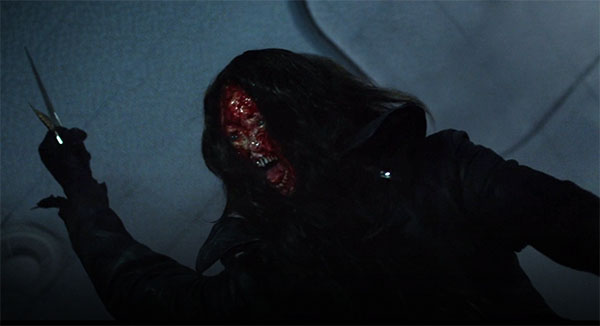
Detective Moss: So I’m putting out a BOLO on Sloth from The Goonies?
It’s no great surprise to say that Madison has an intimate connection with the hospital, and that her past has come back to exact more than a few pounds of flesh. As the plot unfurls (or collapses, as the case may be), Wan employs some neat touches. When Madison skitters anxiously around her house, his camera assumes a God’s eye view, soaring overhead as she passes from room to room. During her dream states, her surroundings melt and re-form around her, as if the rooms are composed of watercolors. For reasons unknown, Gabriel draws strength from electrical currents, but Wan uses the conceit for some creepy interludes, as Gabriel issues threats using boom boxes and toy telephones.
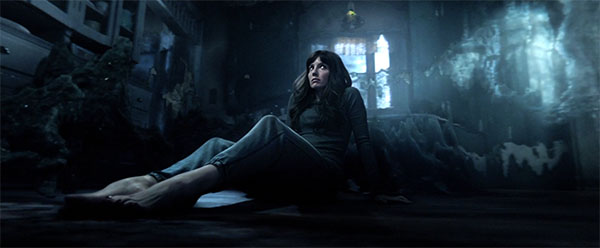
The story has a feminine point of view, as it’s up to Madison and Sydney to stop Gabriel using the power of their sisterly bond, but Wan is more interested in surface than subtext. He adopts the atmosphere of an Italian giallo movie for the first few acts: murder scenes that seem a half-step slow, clueless detectives talking in circles, logical inconsistencies that only add to the sense that everything is off-kilter (the research hospital is clearly at least a dozen stories tall, yet the directory inside only lists two floors, for example). Even the movie’s poster is a callback to the blood-red heyday of Dario Argento, with Wallis’s distressed face front and center. So it is in the movie, as Wan’s camera muscles in on her countenance; despite the constant scrutiny, she maintains her dignity. Sadly, the rest of the cast are mediocre at best, including co-writer Ingrid Bisu, who pops in every so often as an over-eager CSI tech to provide “comic relief.”
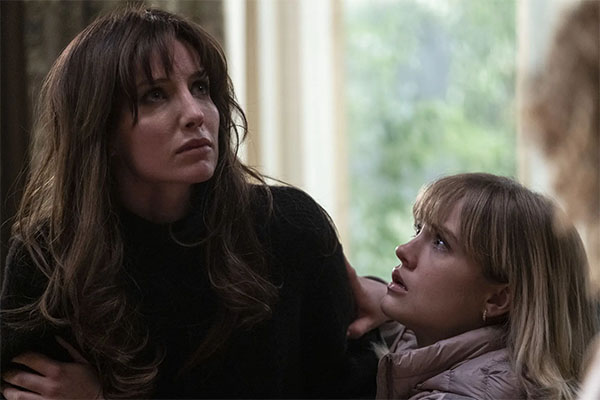
Not that Wan is really invested in building characters—he’s all about the shocking payoffs. The unveiling of Gabriel’s origins provides a jolt, but Malignant makes a bizarre turn towards action-movie grandstanding down the stretch, overdosing on the CGI-assisted braggadocio Wan brought to Furious 7 and Aquaman. He stages a chase through the catacombs underneath Seattle, a bloody ambush in what might be the world’s largest holding cell (all the better to show off piles of bodies and arterial sprays) and a police station throw-down in which Gabriel massacres a precinct’s worth of cops. These scenes are fine in a vacuum (with Wallis showing off impressive physicality), but they end up unmooring Malignant, and breaking the mood. When confined to claustrophobic spaces—a spooky domicile located in an astral dimension in Insidious, a haunted house in The Conjuring—Wan’s ability to wring suspense and surprises from his camera set-ups and stutter-step editing works a treat, but when he opens up the action to feature Gabriel executing acrobatic flips down fire escapes and policemen unloading whole clips of ammo to zero effect, any sort of tension evaporates.
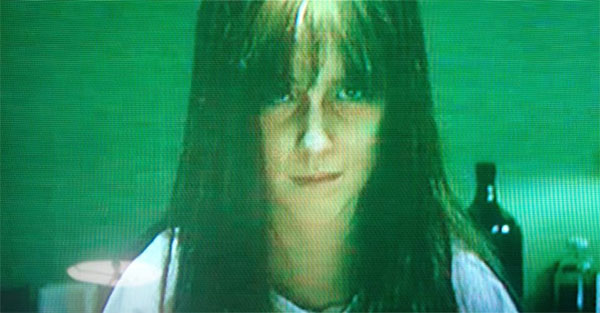
Malignant is ultimately a goulash of ingredients, some good, some junky. While it shows Wan is game enough to try a bit of everything, he can’t quite hit on any one thing that distinguishes the movie from the others it liberally steals from. “It’s all in my head,” Madison repeats to herself, trying to rid herself of her demons, and Malignant plays like something locked in Wan’s head that’s still not quite ripe enough to expose to the world. ■

